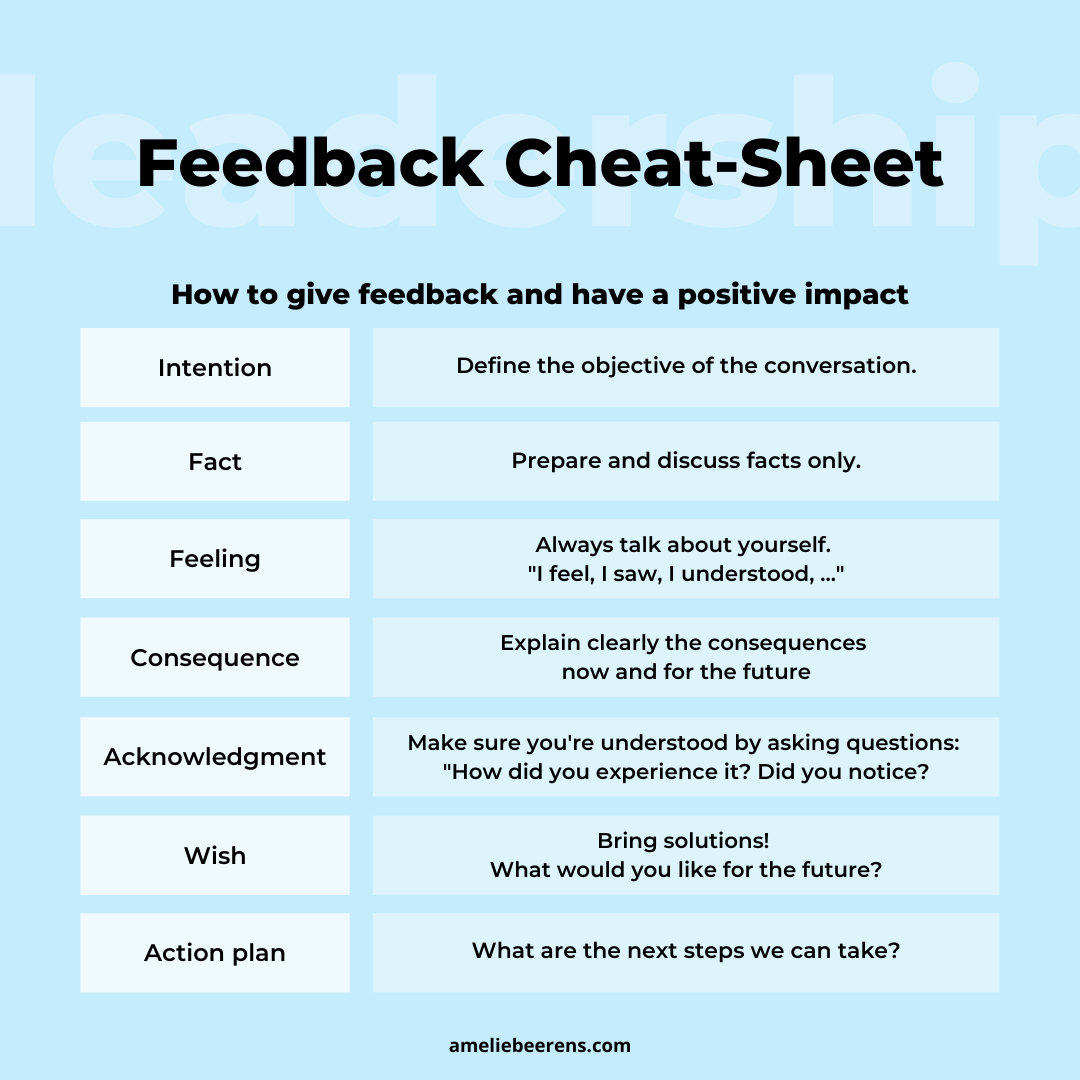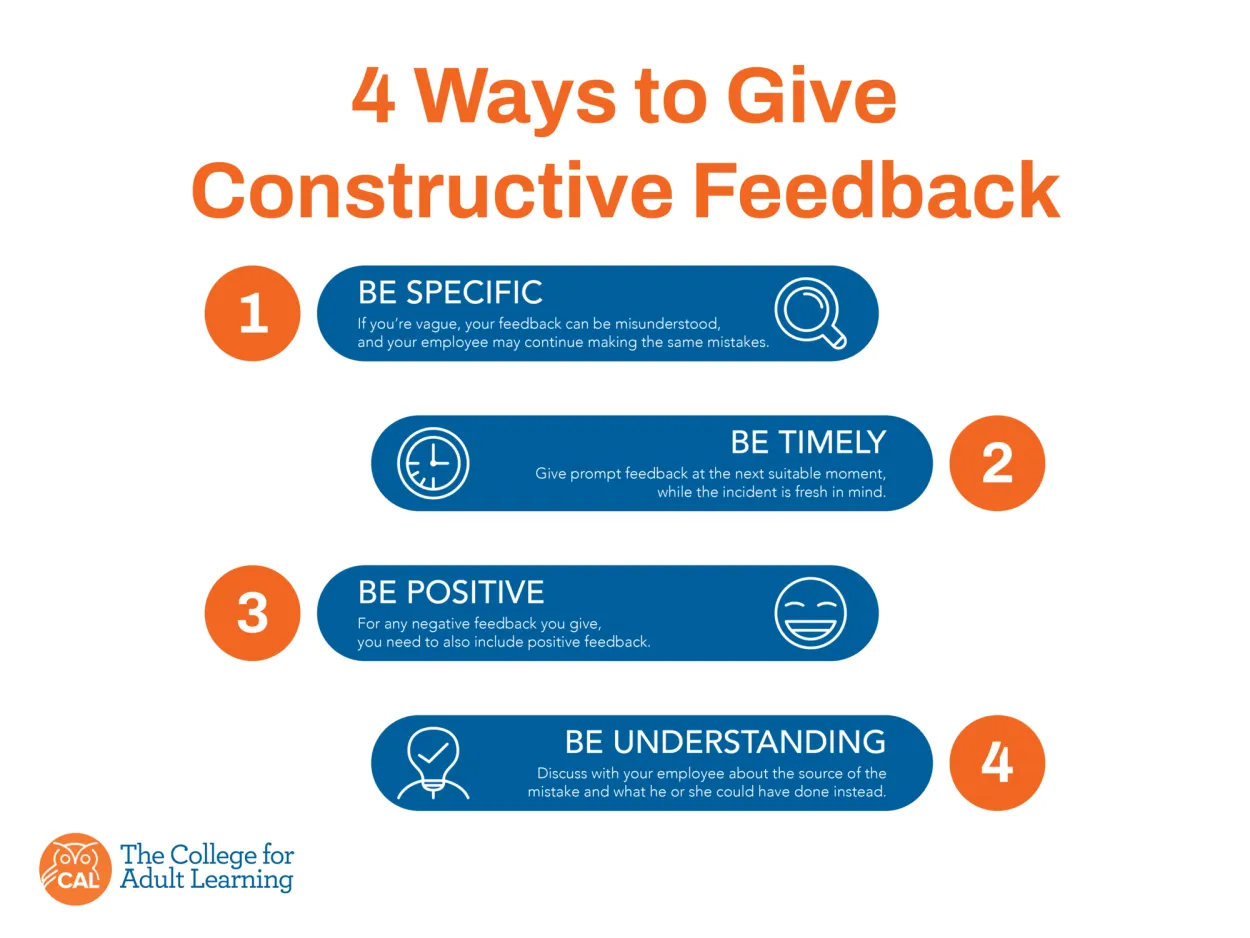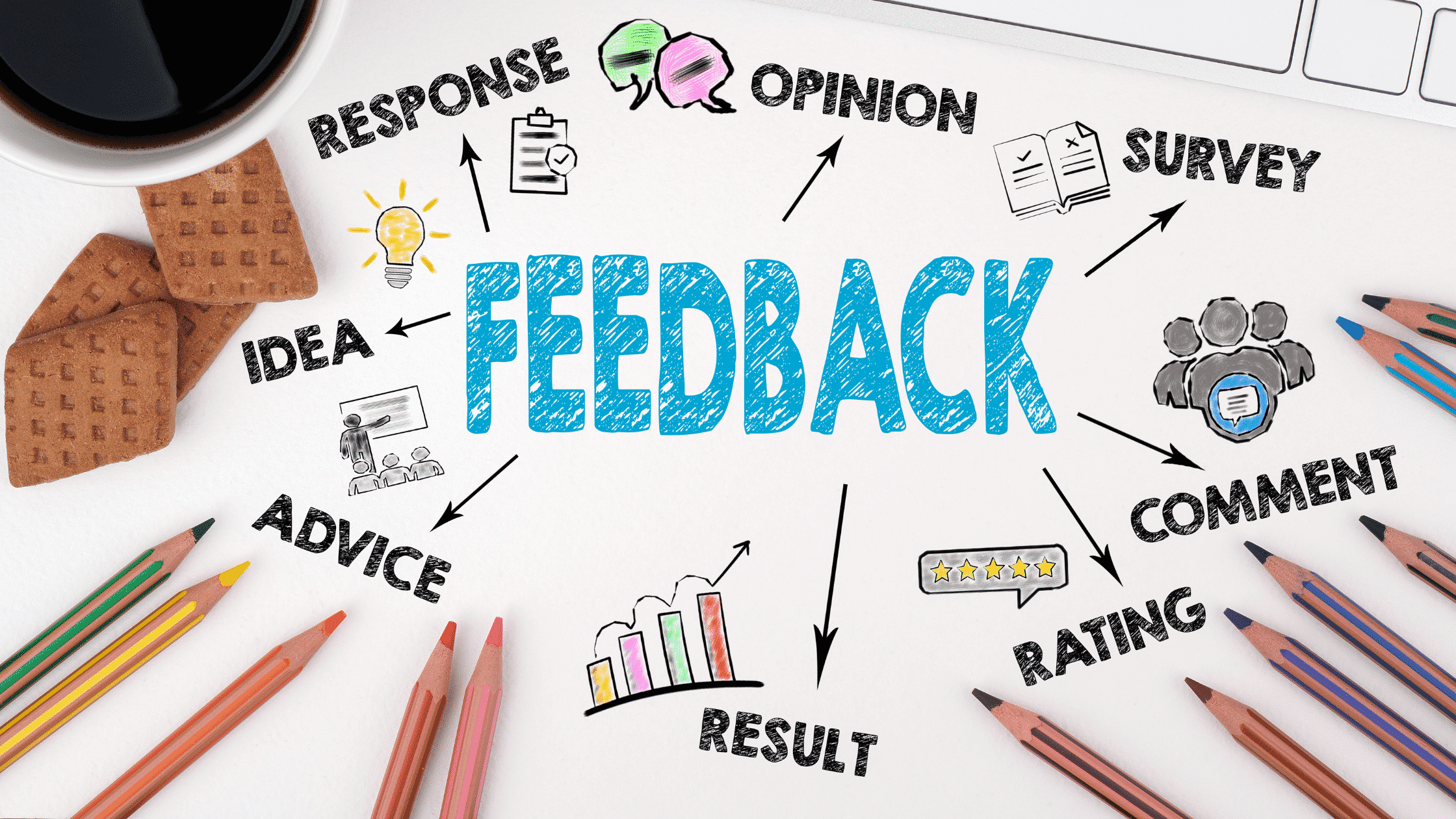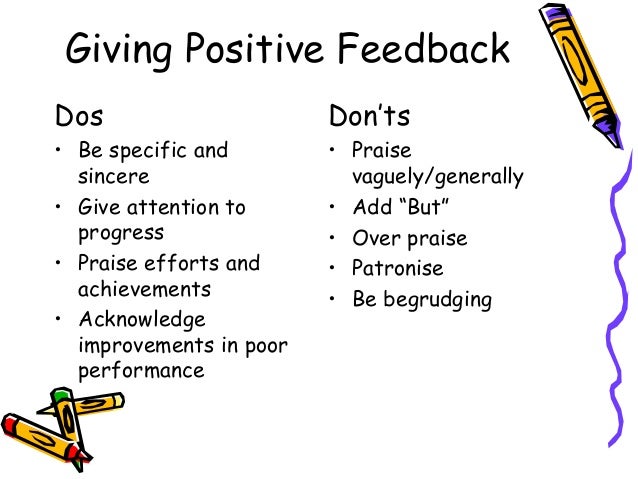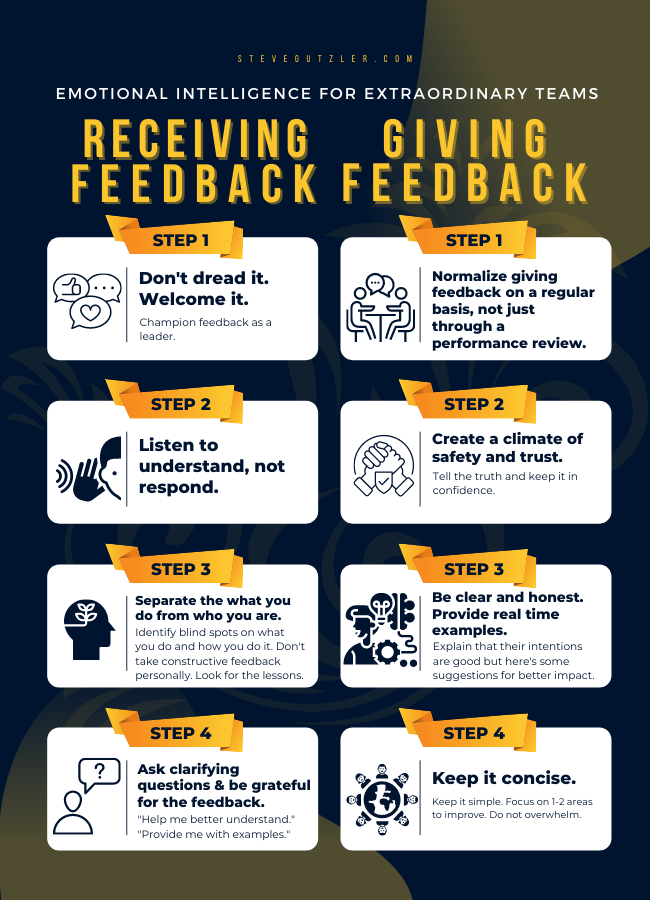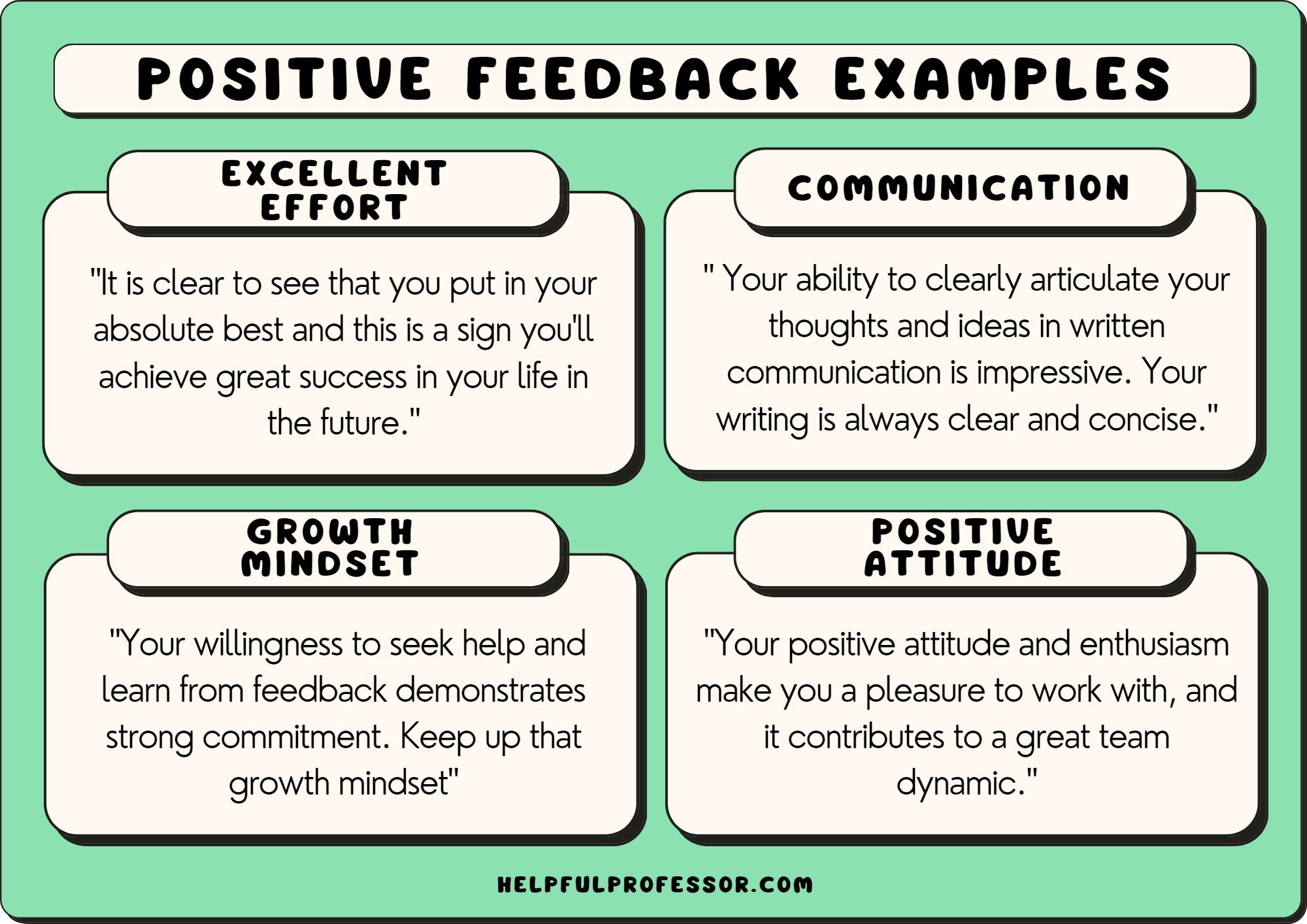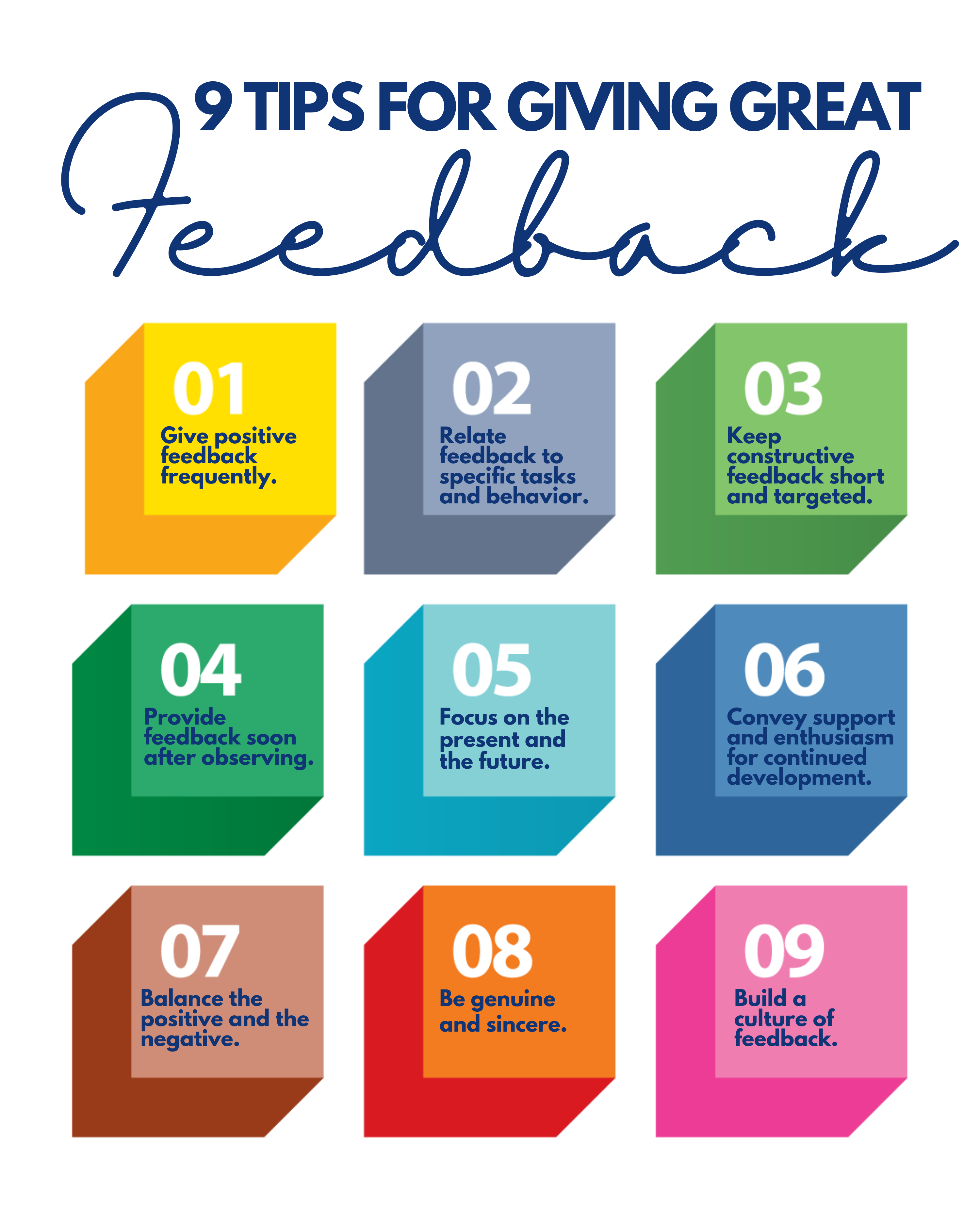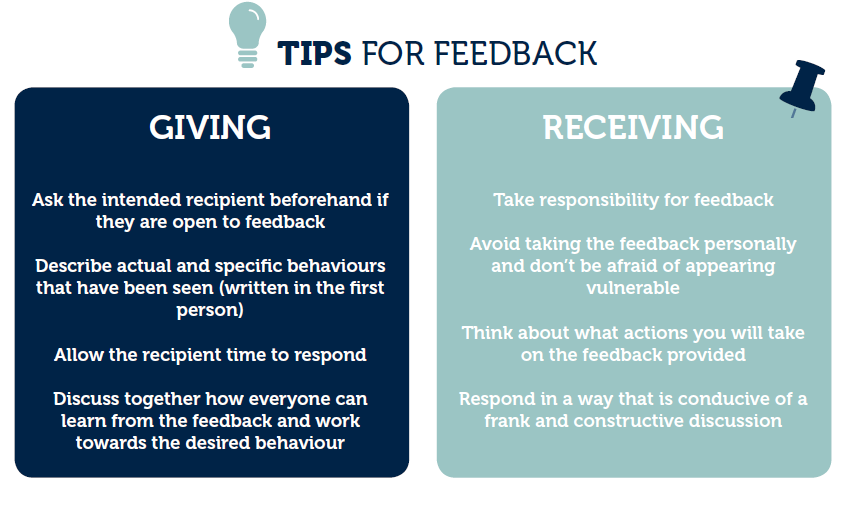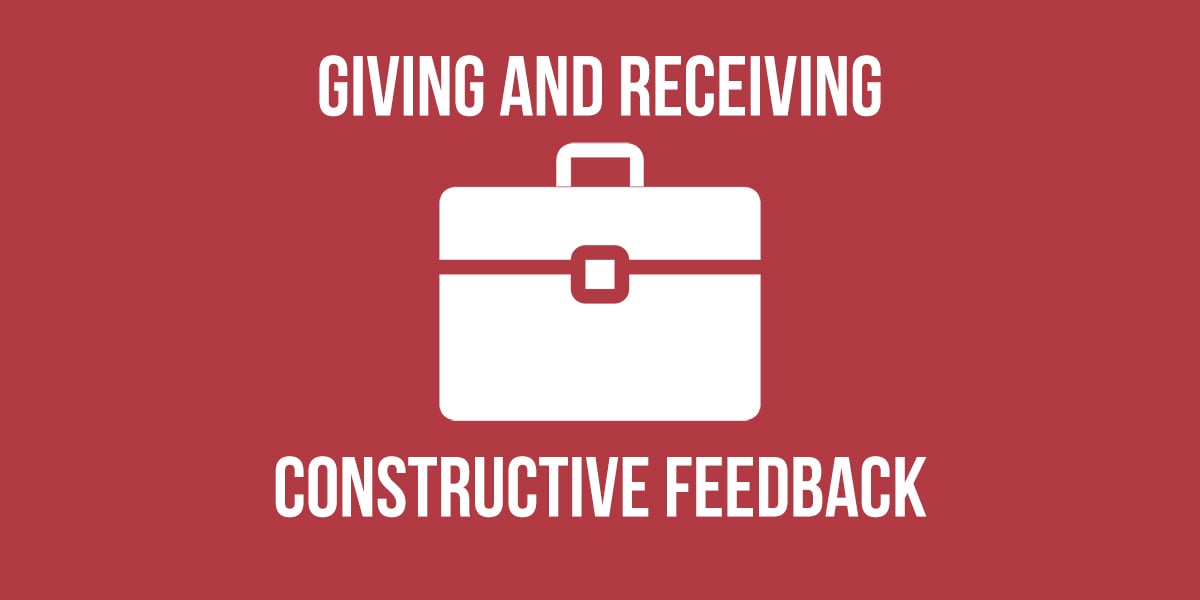Giving And Receiving Positive Feedback
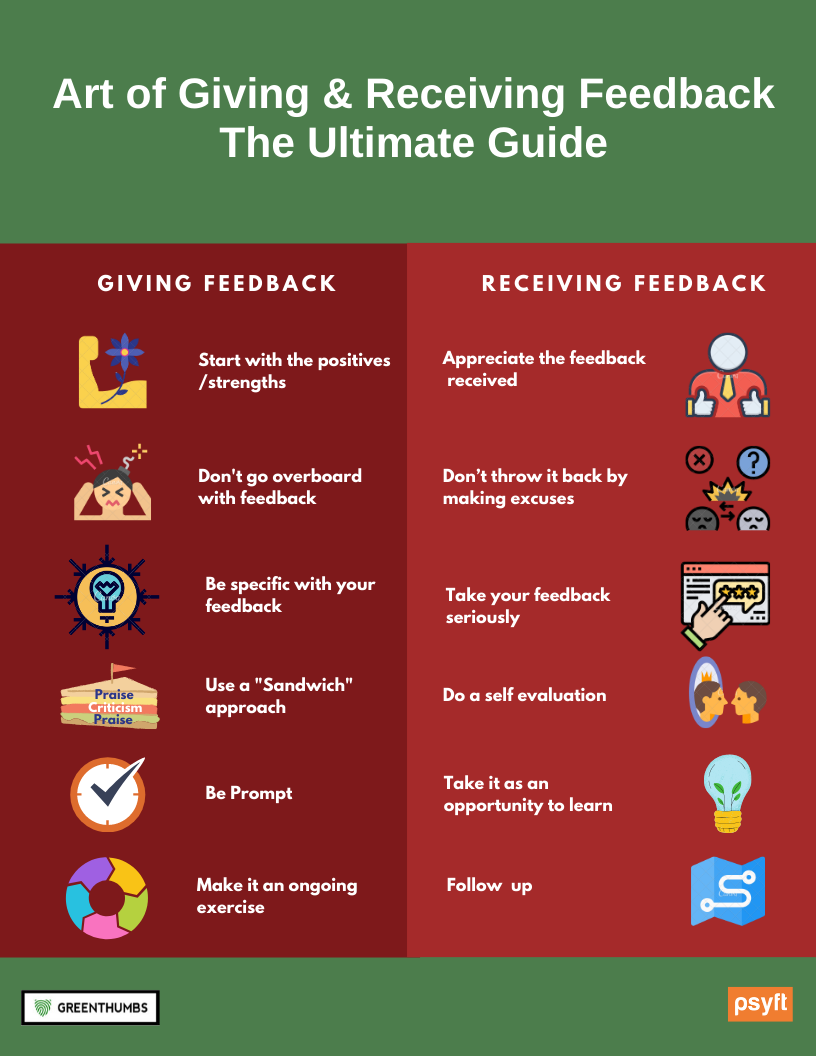
Imagine a vibrant garden, bursting with colorful blooms. Each flower, nurtured by sunlight and water, also thrives on the gardener's gentle encouragement. This delicate ecosystem mirrors our professional and personal lives, where positive feedback acts as the sunlight, fueling growth and fostering a flourishing environment.
At its core, giving and receiving positive feedback is about more than just saying "good job." It's a powerful tool for building strong relationships, boosting morale, and driving performance, whether in the workplace, at home, or within a community. This article explores the art and science of positive feedback, delving into its benefits, practical applications, and the importance of cultivating a culture where appreciation thrives.
The Foundation: Understanding Positive Feedback
Positive feedback isn't simply empty praise. It's specific, genuine, and timely acknowledgement of someone's efforts or achievements.
According to a Gallup study, employees who receive regular feedback are significantly more engaged and productive. This heightened engagement translates into improved teamwork, increased innovation, and a more positive work environment.
The Significance of Specificity
Vague compliments like "you're doing great" lack impact. Instead, pinpoint specific actions or behaviors that deserve recognition. For example, instead of saying "good presentation," try "your presentation was excellent because you clearly explained the complex data with relatable examples."
This level of detail shows you were paying attention and truly appreciate their efforts.
Authenticity and Timing
Sincerity is paramount. People can easily detect insincerity, which can damage trust and diminish the impact of the feedback. Ensure your praise is genuine and reflects your true feelings.
Timeliness is also crucial. Providing feedback soon after the observed behavior ensures it's fresh in the recipient's mind and reinforces the desired actions.
Giving Positive Feedback: Practical Strategies
Giving effective positive feedback requires practice and intention. Start by observing and identifying moments worthy of recognition. Consider both big achievements and smaller contributions that often go unnoticed.
One useful framework is the "Situation-Behavior-Impact" (SBI) model. Describe the situation in which you observed the behavior, explain the specific behavior you noticed, and highlight the impact that behavior had. This provides context and emphasizes the value of their actions.
For instance: "During the team meeting (situation), you skillfully guided the discussion back on track (behavior), which helped us reach a decision within the allotted time (impact)."
Cultivating a Culture of Appreciation
Encouraging a culture of positive feedback requires leadership buy-in. Leaders should model this behavior, consistently recognizing their team's accomplishments and creating opportunities for peer-to-peer recognition.
Consider implementing a "kudos" system, where team members can publicly acknowledge each other's contributions. This fosters a sense of community and reinforces the importance of appreciation.
Receiving Positive Feedback: An Opportunity for Growth
While giving positive feedback is important, receiving it gracefully is equally crucial. Resist the urge to dismiss or downplay compliments. Instead, embrace the opportunity to learn and grow.
The first step is to simply say "thank you." Acknowledge the feedback and show appreciation for the person who took the time to offer it.
Don't be afraid to ask clarifying questions. If you're unsure what specific behavior they're praising, ask for more details. This will help you understand what actions you should continue to cultivate.
Learning From Feedback
Use positive feedback as an opportunity for self-reflection. Consider how you can replicate the behaviors that led to the praise. Recognize your strengths and leverage them to achieve your goals.
Remember, positive feedback isn't just about feeling good; it's about identifying areas where you excel and using that knowledge to further develop your potential.
The Ripple Effect: Impact on Relationships and Performance
The benefits of positive feedback extend far beyond individual performance. It strengthens relationships, builds trust, and fosters a more positive and supportive environment.
When people feel valued and appreciated, they are more likely to invest in their work and contribute to the overall success of the organization. According to Dr. Kim Cameron at the University of Michigan, organizations that prioritize positive communication and appreciation experience higher levels of innovation and productivity.
In conclusion, mastering the art of giving and receiving positive feedback is an investment in personal and professional growth. By fostering a culture of appreciation, we can create environments where individuals thrive, relationships flourish, and potential is unlocked. Just like that flourishing garden, nurtured by consistent care and encouragement, our own lives and the lives of those around us can blossom with greater joy and success.
